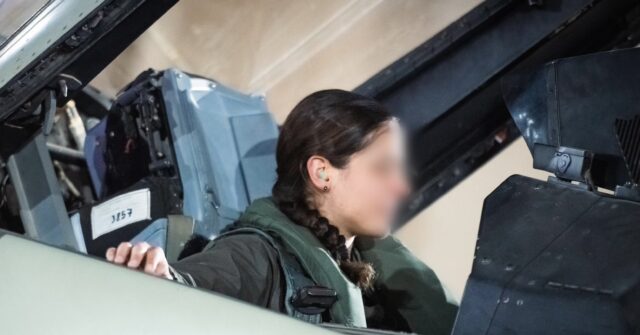The Israel Defense Forces (IDF) recently showcased images of the Israeli Air Force (IAF) gearing up for an overnight mission targeting Iran’s missile installations and air defense systems. Notably featured in these images are several female IAF crew members, highlighting the integration of women into roles traditionally dominated by men in military aviation. This operation was seen as retaliation for a series of significant Iranian assaults on Israel that occurred in April and early October, specifically focusing on military installations rather than more sensitive targets such as oil and gas facilities or nuclear sites. This strategic decision underscores the IDF’s intent to limit the impact on civilian infrastructure while addressing military threats.
The televised preparations for the attack involved a complex strategy executed through multiple waves and midair refueling, showcasing the IAF’s capabilities and operational security. Remarkably, the IDF reported that the mission did not result in any losses among its aircraft or personnel, a testament to the skill and planning of the forces involved. This successful execution not only signifies military prowess but also serves as a communicative message aimed at both domestic and international audiences. By promoting the images of female pilots, the IDF seeks to convey a dual narrative of empowerment and success against Iranian forces, which are often characterized by their traditional and patriarchal military structure.
The dissemination of these images carries significant psychological implications. By highlighting female involvement in the operation, the IDF aims to publicly shame Iran for being unable to protect their territory against attacks carried out by women. This move may particularly resonate with domestic political dissidents within Iran who prioritize women’s rights and gender equality, providing them with a powerful symbol in their fight against the regime. The notion of women serving effectively in high-stakes military roles contributes to the undermining of traditional gender norms within Iranian society, where women face severe restrictions due to the Islamic dress codes mandated since the 1979 revolution.
Iran’s regime has historically enforced strict dress codes, compelling women to wear the chador and other types of conservative clothing. Any deviation from these mandates can result in harsh consequences, including arrest or even death. Such oppressive measures aim to enforce a patriarchal order and suppress the rights and freedoms of women. By contrasting the role of female IAF crew members with the limitations imposed on Iranian women, the IDF’s imagery serves not only as a military statement but also as a cultural critique of the Iranian regime’s treatment of women.
Joel B. Pollak, a Senior Editor-at-Large at Breitbart News, notes the strategic intent behind the release of such imagery. Pollak, who hosts “Breitbart News Sunday,” draws attention to the broader implications of the IDF’s operations. His journalism often explores themes of power dynamics and the intersection of military actions with social issues, such as women’s rights. Pollak’s works, including “The Agenda: What Trump Should Do in His First 100 Days” and “The Trumpian Virtues: The Lessons and Legacy of Donald Trump’s Presidency,” further delve into political narratives, providing insights that resonate with audiences interested in contemporary political discourse.
In conclusion, the IDF’s recent military actions and the accompanying imagery of female pilots encapsulate a multifaceted approach to warfare and messaging. By effectively targeting Iran’s military assets while simultaneously fostering dialogue around gender roles, the IDF not only addresses immediate security concerns but also engages in a broader cultural discussion. These strategies demonstrate how military operations can intersect with social issues, influencing narratives at both national and international levels, while highlighting the ongoing struggle for women’s rights within repressive regimes.

